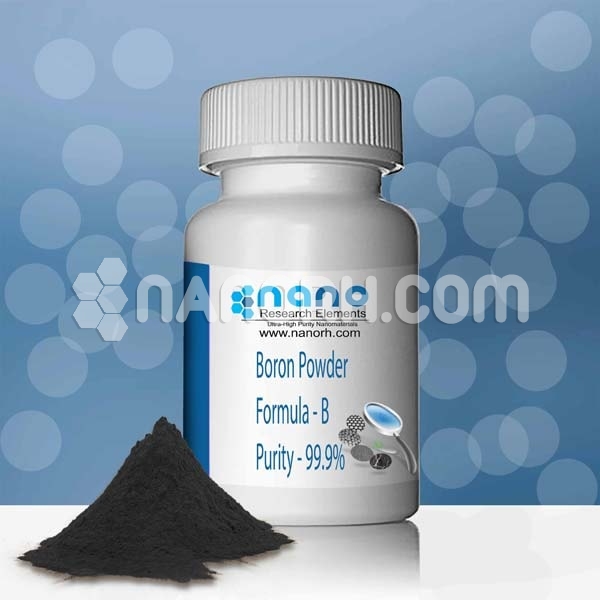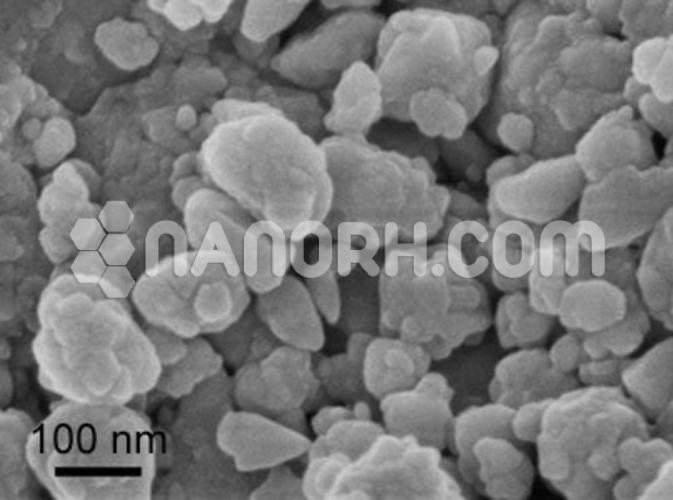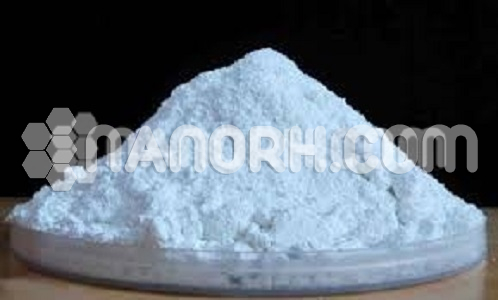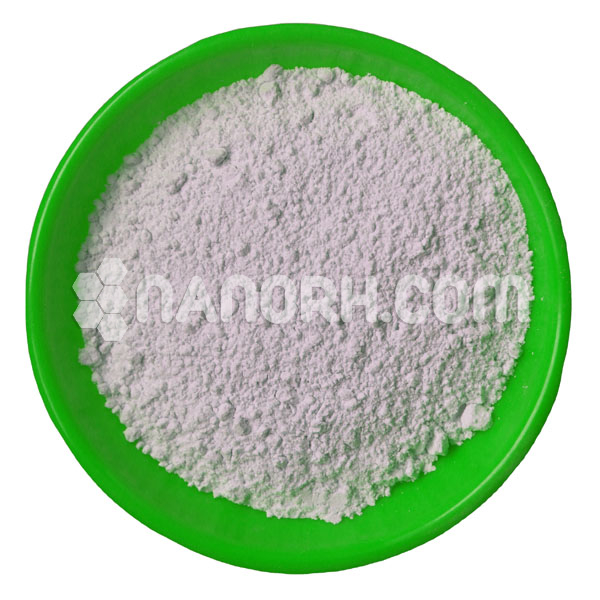| Boron MicroPowder | |
| Product No | NRE-8005 |
| CAS No. | 7440-42-8 |
| Formula | B |
| Molecular Weight | 10.81 g/mol |
| APS | 1-2 µm (can be customized) |
| Purity | 99% |
| Color | black-brown |
| Density | 2.08 g/cm3 |
| Melting Point | 2076 °C |
| Boiling Point | 3927 °C |
Boron MicroPowder
Boron powder, a fine-grained form of the element boron, has several applications across various industries due to its unique properties. Here are some common applications of boron powder:
Pyrotechnics and Fireworks: Boron powder is used in the production of fireworks and pyrotechnic devices. It acts as a colorant and can produce green flames when ignited.
Nuclear Industry: Boron is an excellent neutron absorber, making boron powder useful in the nuclear industry. It is used in control rods and shielding materials to regulate nuclear reactions and protect workers from radiation.
Aerospace and Aviation: Boron powder is used in aerospace applications to enhance the performance of aircraft and spacecraft. It is often used as a lightweight structural material in composites, increasing strength while reducing weight.
Ceramics: Boron powder is used as a component in the manufacture of ceramic materials. It can improve the mechanical properties of ceramics, making them harder and more durable.
Flux: In the welding and metallurgy industries, boron powder is used as a fluxing agent to remove impurities and improve the quality of metal alloys during the smelting process.
Fertilizers: Boron is an essential micronutrient for plants. Boron powder is used in agriculture as a component of fertilizers to address boron deficiencies in soil and promote healthy plant growth.
Pyrotechnic Initiators: Boron powder can be used as an initiator in certain pyrotechnic and explosive devices due to its ability to ignite at high temperatures.
Cosmetics and Skincare: Some cosmetic and skincare products use boron powder for its absorption and mattifying properties. It can help reduce shine and provide a smooth texture to makeup and skincare products.
Boron Nitride Production: Boron powder can be used as a precursor for the synthesis of boron nitride, a versatile material known for its high thermal conductivity, electrical insulation properties, and lubricating abilities.
Rocket Fuel Additive: Boron powder has been investigated as an additive to solid rocket fuel to increase its energy density and improve thrust efficiency.
Refractory Materials: Boron powder is sometimes incorporated into refractory materials used in high-temperature applications, such as furnace linings and crucibles, due to its ability to withstand extreme heat.
Semiconductor Industry: Boron powder is used to produce boron-doped silicon, an essential material in the semiconductor industry for making p-type silicon, which is used in the fabrication of transistors and diodes.
Chemical Reagents: In chemistry laboratories, boron powder can serve as a reducing agent and is used in various chemical reactions.





Reviews
There are no reviews yet.